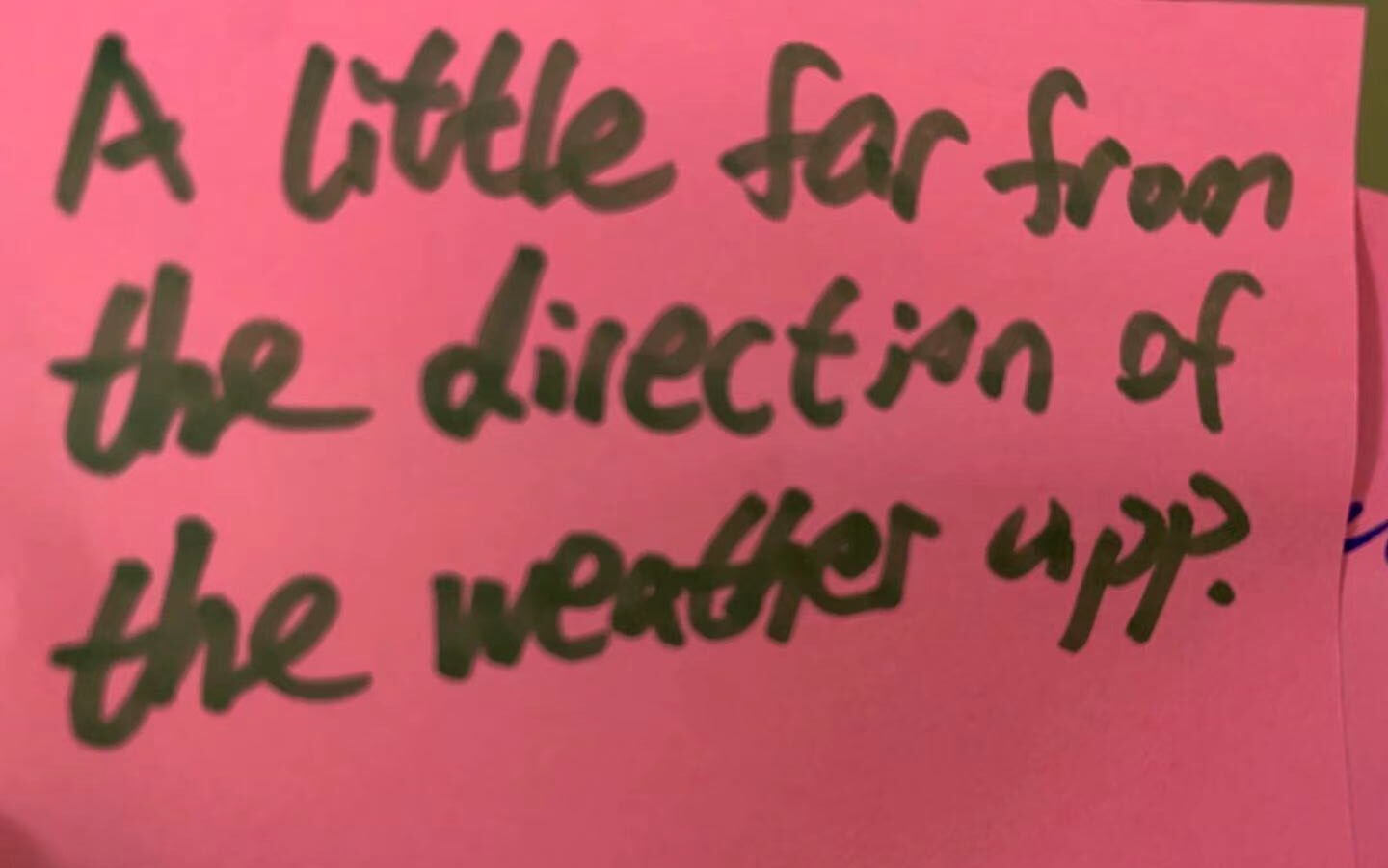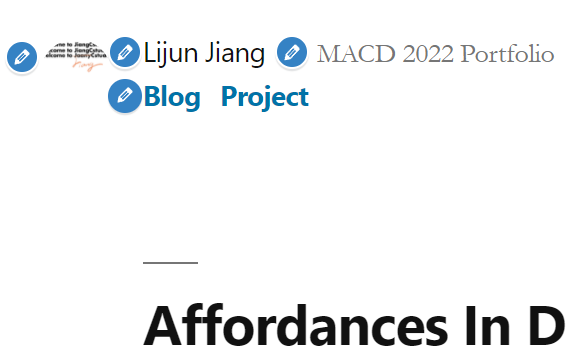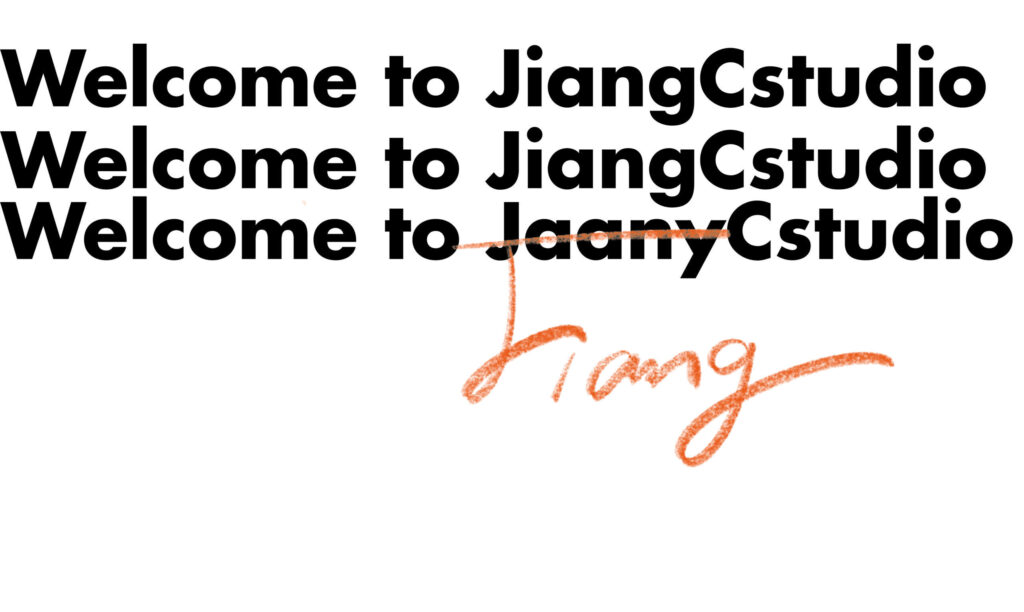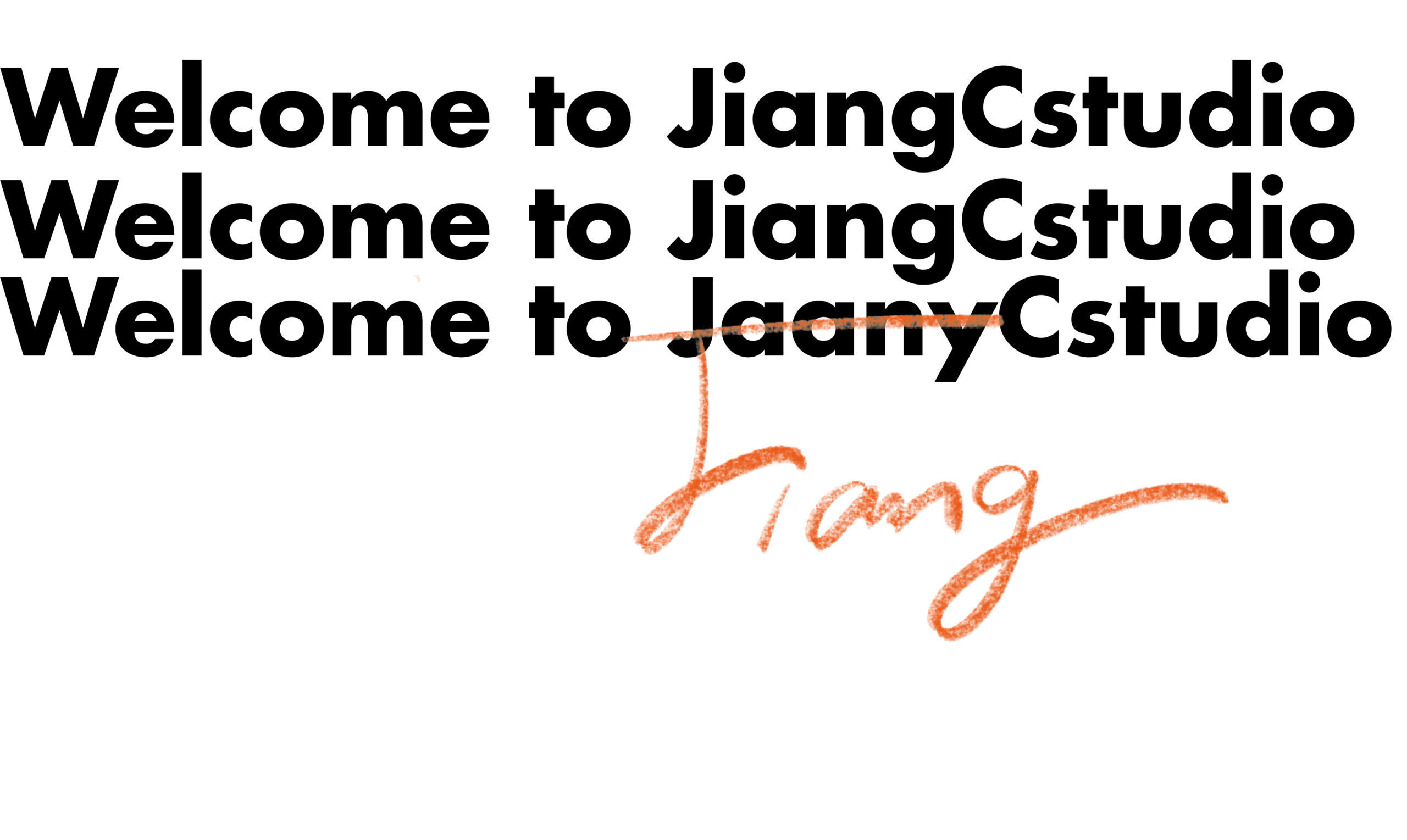“Design is really an act of communication, which means having a deep understanding of the people the designer communicates with.” – Donald A. Norman, The Design of Everyday Things of Everyday Things)
The different types of designs we see in our everyday lives are actually emotional. Some are full of grief, some bring joy and vitality, some bring peace. However, in my opinion, there is always a perception that design has to be more functional than decoration.
During the course of the 04 project, I implemented this philosophy from beginning to end. At the beginning of Project 04, I researched some target audiences and carefully asked respondents what they thought about existing applications.
Of course, I don’t deny that the survey results were complicated and even made me deviate from the original design intent, but what I got was the most real needs of the audience.

As mentioned in the feedback, it is true that the most core features no longer dominate. Therefore, I will rethink the relationship between customer needs and target core functions based on the content of the feedback.
Everyone is subconsciously chasing good things. Admittedly, so do I, but I still firmly believe that practicality is more important than decoration. All this time, I’ve stuck to the only design rule of removing all unnecessary decorations. As I do on my personal website, no complicated backgrounds or embellishments are required. The most important thing is to let the audience find the information they need in the first place.

No backgrounds, no fancy interactive buttons, and no vibrant colors. But it has to be the clearest and most direct. After reading a lot about emotional design, I rethought what design means. Especially in today’s digital environment. In the digital environment, we cannot analyze and interpret a person’s behavioral cues face-to-face, but on a platform where users’ behaviors interact, we can observe their emotional state in use, analyze the user’s reaction process through quantitative data, and analyze the user’s behavior emotional state. Rather than trying to superficially influence user behavior, the experience uses quantitative data to better match the emotional experience of most people, and knowing the user’s next reaction is no longer just a preset emotion in the design, but the creation of the audience . If you respond, you can understand strong emotional triggers and optimize your page’s weak spots for a better user experience.
Designing with a sense of humor can not only alleviate the negative emotions of the audience during use, but also will not lead to a lot of useless decoration, so I try from this angle.

My name is not easy to pronounce, so many people often make mistakes when reading or writing it, so why not take advantage of this? On the other hand, in the case of a personal website, it is of course indispensable to introduce myself, so I incorporated it into the website instead of the original self-introduction page.
